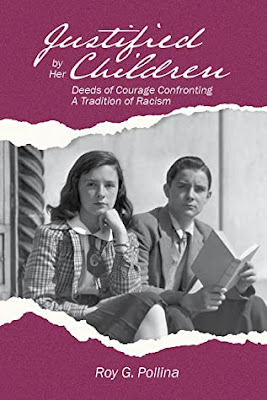My brother gifted me this book after I expressed an interest in hearing his brief synopsis. Realizing that this true story was set in the town of Martinsville which is a mere 50 miles from where I live and because I recognize that my own life has been strongly influenced by systemic racism, I desired to discover this story for myself.
The author presents a well-documented case of an Episcopal Church in Martinsville, Virginia that struggled to accept the integration of people of color within their denomination. Everything came to a head for this particular church when their young, single, newly hired priest along with the church's youth group broke from the general will of the local church leaders who did not want the Southwestern Diocese to integrate their newly built summer camp. The overwhelming majority of the church members wanted to have separate dates for blacks and whites to attend; they voted to withhold much-needed funding from Christ's Church in Martinsville for the camp as a way to show their disapproval. The internal conflicts of this church were magnified by the news media, both locally and on a national level, as the division coincided with the Supreme Court Ruling on Brown vs. Board of Education. (This Supreme Court ruling made segregation illegal.) In many places, including Southwest Virginia, organizations went to great lengths to find ways to circumvent the law. Such was the case with Christ Church.
This is an important and well-researched book, but it is not a light read. The author draws upon minutes from church meetings, notes from regional conferences, newspaper articles, and interviews with church members to gather the facts of this story. In many ways, the book reads like a textbook as these facts are presented. A list of discussion questions for each chapter at the back of the book reinforces the concept that this would be an excellent book to read in a group and for group discussions. While this book takes the approach of sharing the facts in a textbook fashion (in my opinion) I believe the story of a young priest and his youth group standing up against systemic racism in the south could be made into a much more dramatic story without compromising the facts. I can even envision an award-winning dramatization of this story in cinema form. My unsolicited advice would be to adapt this story for YA readers and capture the hearts of a younger generation who can continue to change the course of systemic racism in our country.
I read the paperback version of this book and I gave the book a three-star rating on Goodreads.
